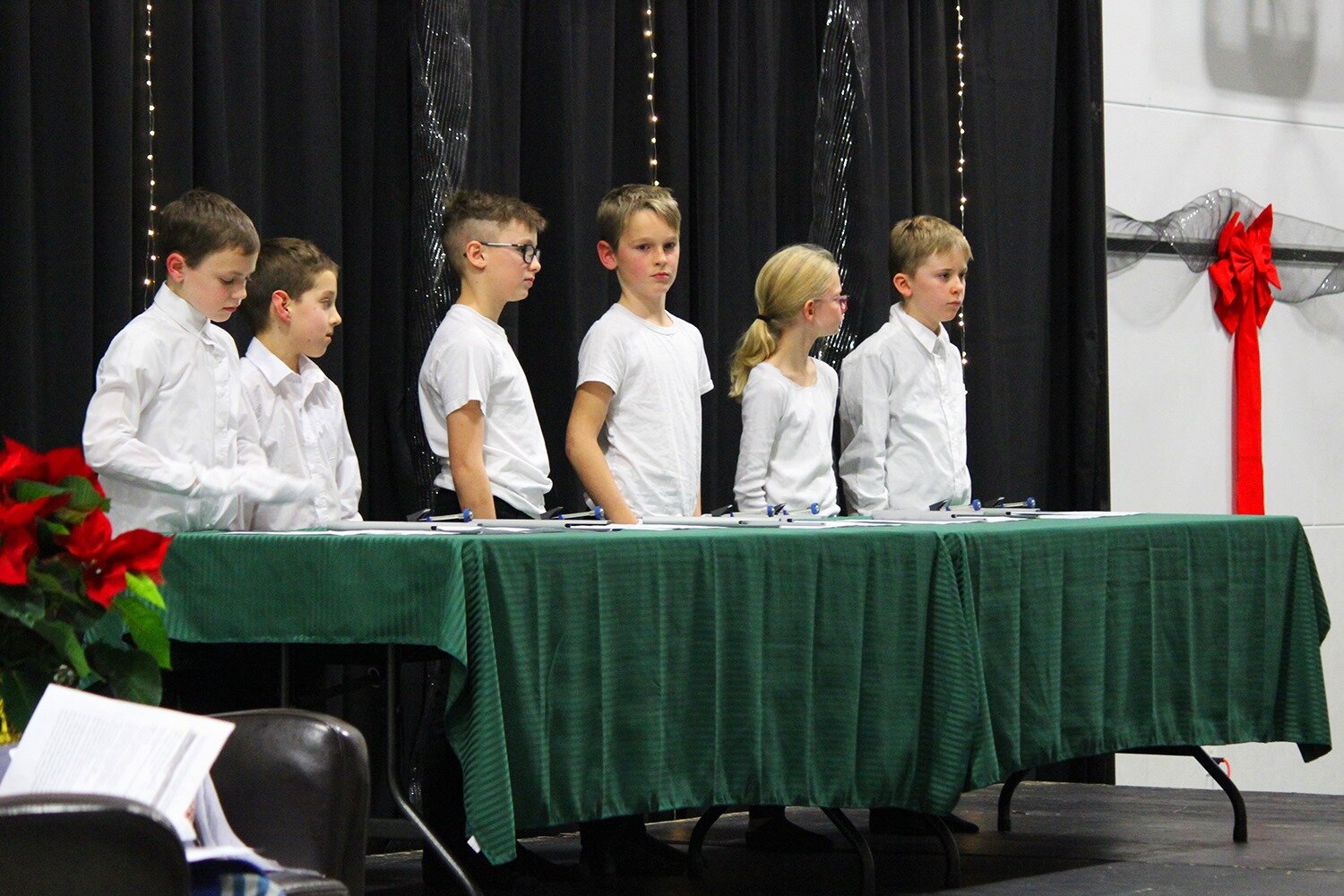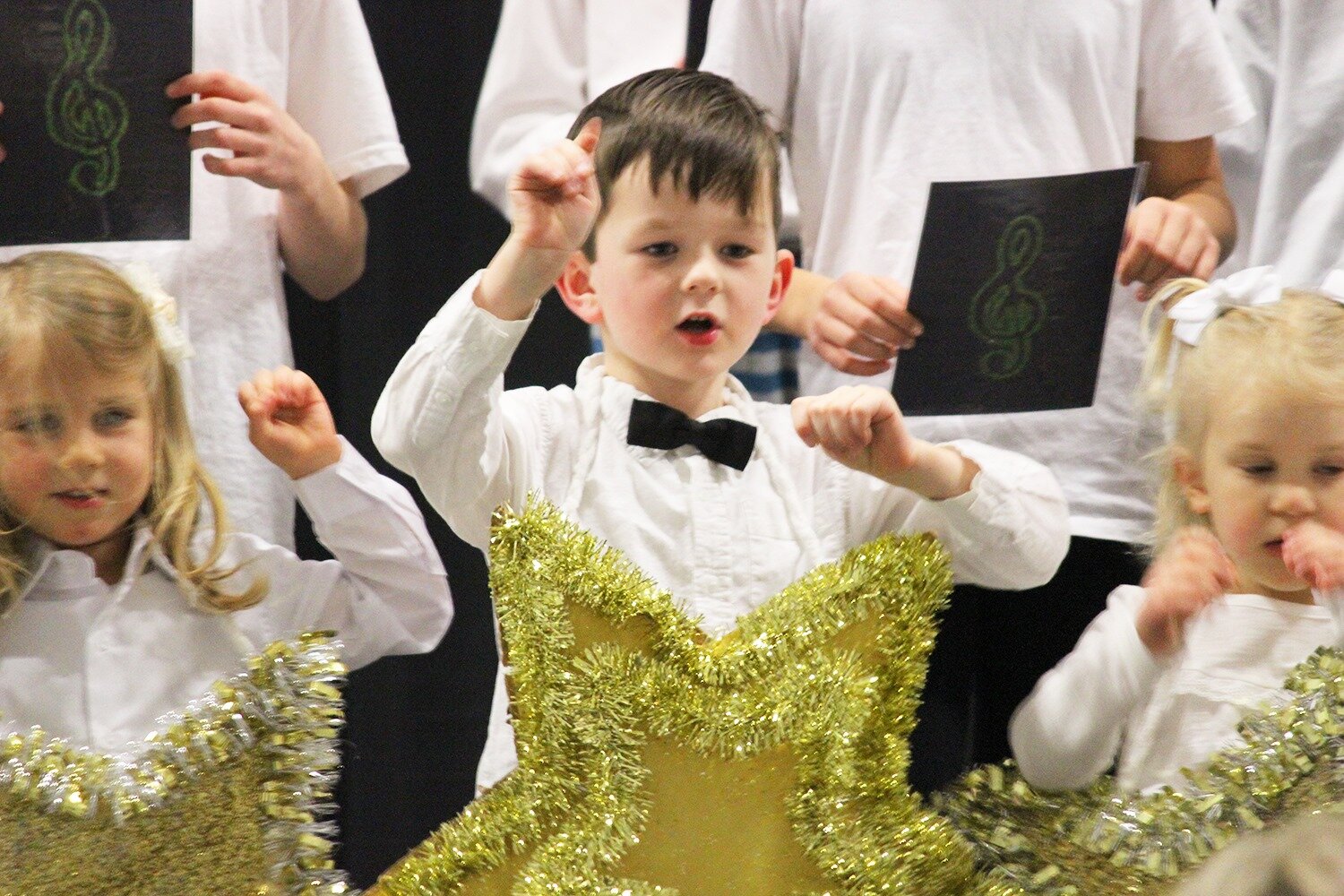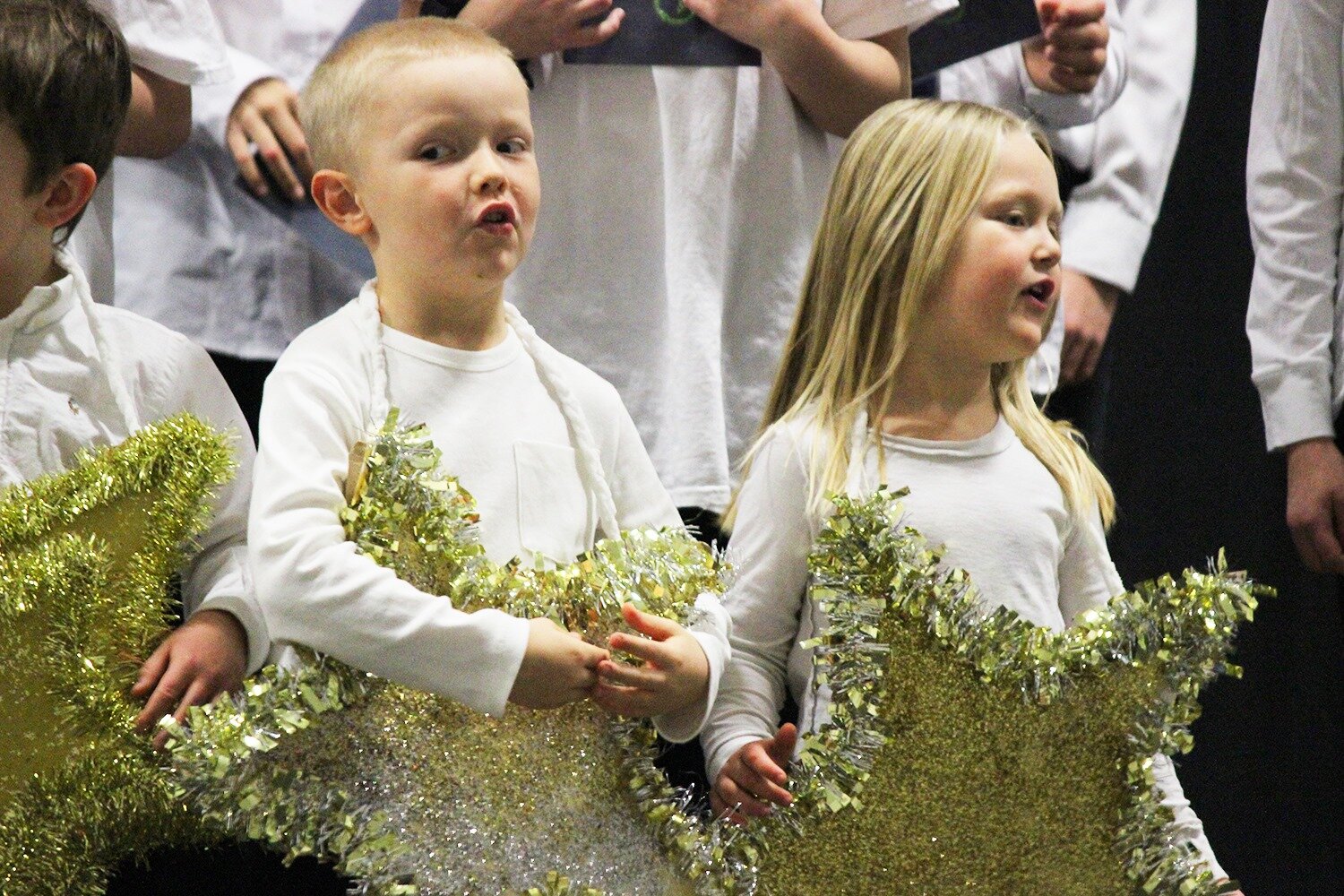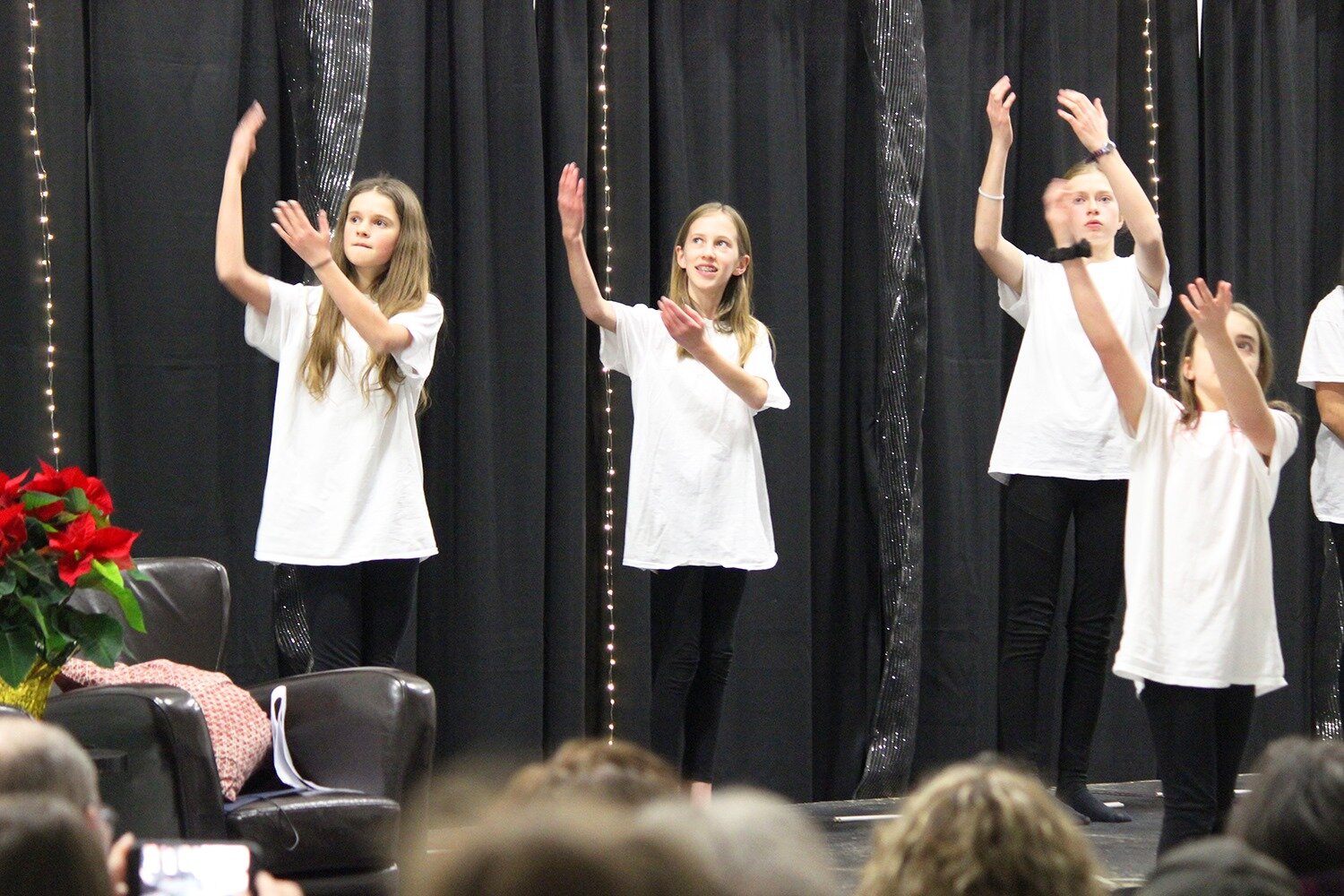By Rita Bergsma | February 7th
Think back to the October Edvance Annual Gathering and Dr. David Smith’s retelling of Jesus’ encounter with the Samaritan woman at the well. Dr. Smith invited us to consider this story from the viewpoint of the Samaritan woman, in light of her circumstances in the cultural climate of the times. This story, as framed by the cultural understanding provided by Dr. Smith, paints a picture of a woman who did not feel a sense of belonging in her community.
Henri J.M. Nouwen describes hospitality as “the creation of a free space where the stranger can enter and become a friend instead of an enemy. Hospitality is not to change people, but to offer them a space where change can take place.” Jesus created this space where change could begin; Dr. Smith and Henri Nouwen prod us to go deeper.
I would like to suggest that extending hospitality is the beginning, and belonging is the desired outcome that we long for within our school communities. And that, creating a sense of belonging in our communities is tied to the “tables” we set.
Consider Kristen Schell. Like most Christians, she had her checklist of protocols that she faithfully practised in an effort to be hospitable and Christ-like in her neighbourhood and draw others in. The impact over time was minimal, and her interactions with others did not expand beyond the same group of like-minded people. One day, Kristen dared to ask a key question of God and herself, “Is it enough?”
The challenge and need to think outside of the box became real for Kristen. She took a look at her “table” and decided that she needed to change, to create a space where “aliens and strangers” could gather. Instead of drawing others in, she decided to put herself out. She painted her picnic table bright turquoise and moved it from the backyard to her front yard where it was highly visible. As she was able, Kristen would conduct her daily routines outside at her table and greet others as they walked by. She remained open to ideas, and added a water bowl, treats, and a leash tied to her picnic table. It wasn’t long before dogs were dragging their people to her table. This odd-looking turquoise table became a gathering place—a place where I can imagine the Samaritan woman being welcomed and over time developing a sense of belonging in this space and community.
In November, I was blessed to hear Dr. Richard Mouw speak at Calvin College. He described our purpose as first to glorify God, and then, in so doing, to behold. Dr. Mouw described the act of beholding as a kind of seeing, guided by the light of Christ’s love and the truth of His words and actions to help us design and set our tables in order to bring deep meaning to love. He continued by asking, “Do we, can we, lead our schools and teach our students to behold all people as God’s works of art, albeit shattered and broken?”
So, the question is: What does your table look like? Is it enough? Does it only invite others in or are you willing to go out? Do you behold all people as works of art?
Perhaps this raises more questions than answers, but these are critical questions to keep in the forefront as our communities and schools move from spaces of hospitality to spaces of belonging.
“Thy Word is a lamp unto my feet and a light unto my path.” Ps. 119:105
Rita Bergsma is the Seaway Valley Cohort Leader and Principal at Community Christian School in Metcalfe, Ontario.











































